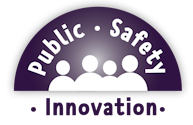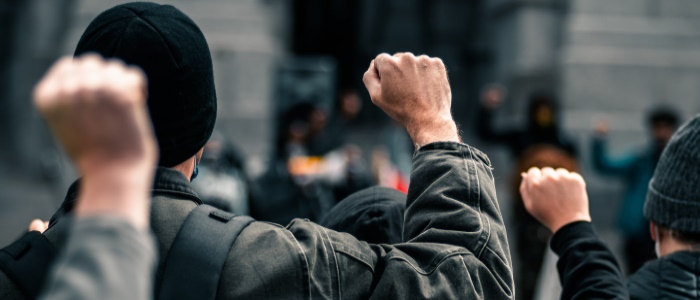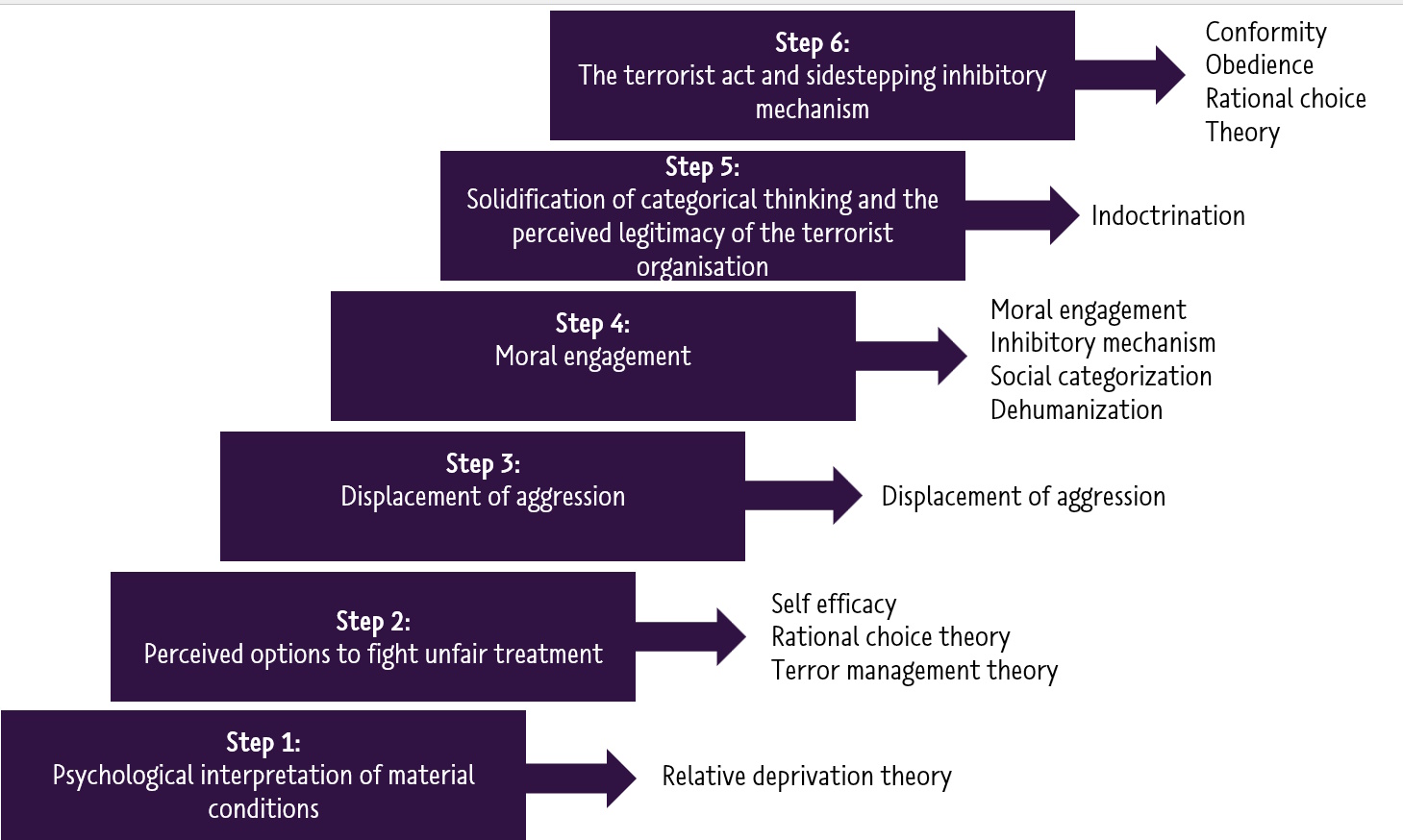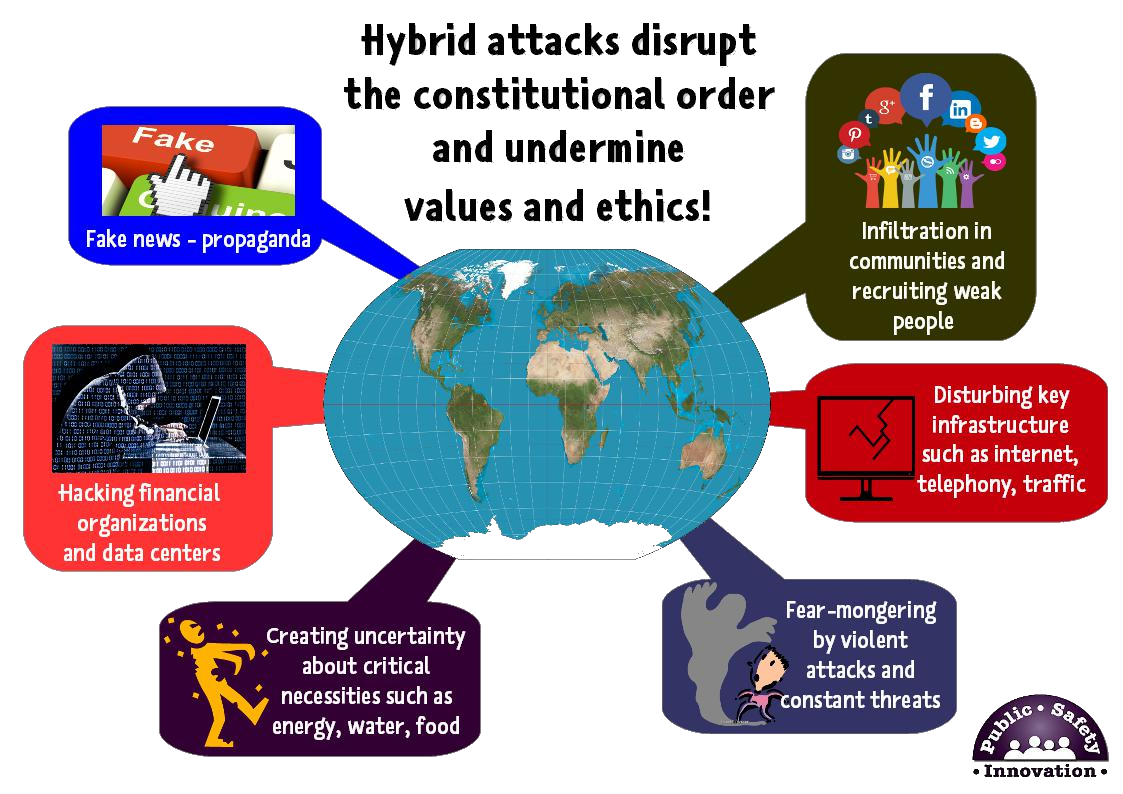Terrorism represents a challenging and elusive enemy for all societies. Individuals driven by ideologies that reject the existing world often feel compelled to change it. They may pursue this change through political means, seek environments that align with their beliefs, or attempt to impose their ideology on others, either gently or through more aggressive methods. The latter is what we define as terrorism, where individuals force their beliefs upon society through violence and disruption. Terrorists are often deeply convinced of their singular truth, making them resistant to alternative ideologies. This conviction, combined with their methods, makes terrorism a persistent and timeless challenge.





Combatting Terrorism
Seeking Protection

The Phenomenon of Terrorism
Terrorists are often deeply convinced that there is only one truth, making them resistant to influence from other ideologies.
Terrorism is not a new phenomenon; however, in recent years, the rise of international media and the pervasive reach of the internet have transformed terrorists into assassins.
They disrupt society by sowing fear, infiltrating communities, and undermining the foundations of the state.
See here >>> an illustration of Moghaddam's Staircase to Terrorism, which outlines suggested processes and theories associated with each step.

Hybrid Attacks
Terrorist organizations aim to disrupt nations through hybrid attacks, employing multiple types of assaults (see drawing opposite). In response to this complex threat, counterterrorism efforts advocate for a counter-hybrid approach, where a primary focus is on influencing behavior..
- Engaging awareness processes about potential terrorist groups, emphasizing the strength of their ideologies and the impacts of their actions;
- Communicating clear truths to society, empowering individuals to navigate challenges and make informed decisions.

Knowledge Sharing

- European parlement describes understanding hybrid threats;
- The usefulness of the fight against terrorism from a social perspective by researchers Dugan en Chenoweth;
- View website of NATO: counter terrorisme;
- Good friend who has a lot of knowledge about the fight against terrorism Glenn Schoen, check out his website here www.glennschoen.com.
Innovation Challenges

- Increase technology to detect anomalies of normal patterns in society;
- Instruct people to watch for abnormal behavior and get help quickly;
- Create an infrastructure for fast upscaling and information sharing if something really goes wrong.